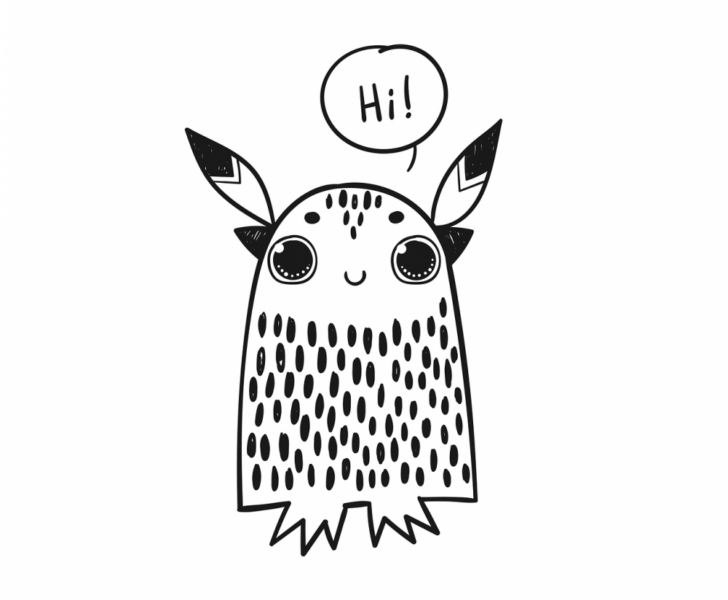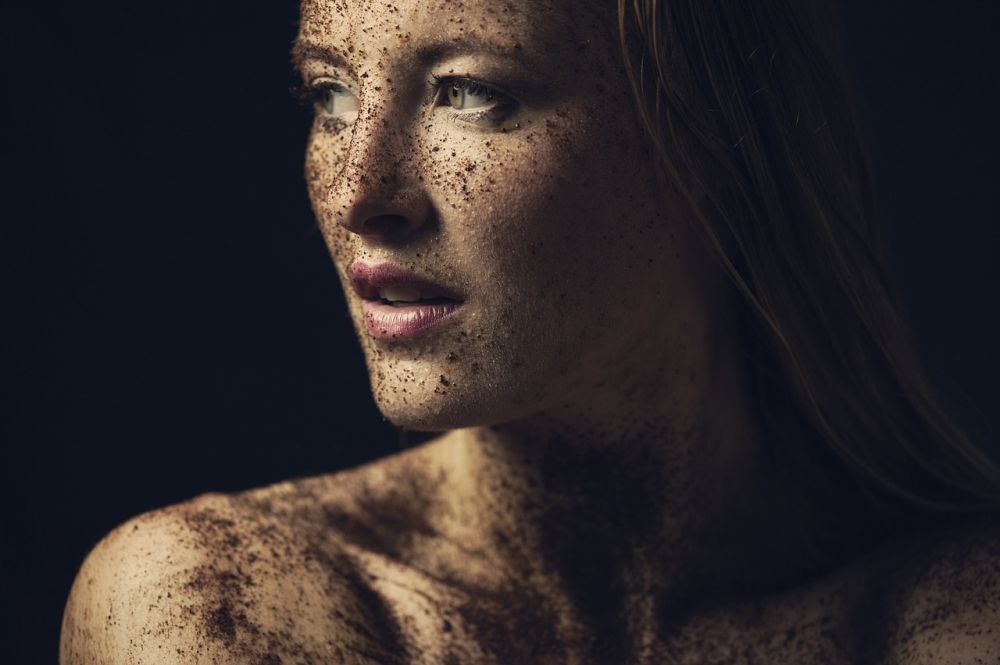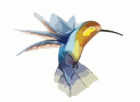OP-konst: En Fördjupad Inblick i Optiskt Illusionistisk Konst

OP-Konst: Optiska Illusioner Som Konstform
OP-konst, eller optiskt illusionistisk konst, är en fascinerande konstform som utmanar vår visuella uppfattning och spelar med vårt sinne för perspektiv. Genom användning av geometriska figurer, repetition, färgtekniker och andra optiska trick skapar OP-konstnärer illusioner som verkar röra sig, vibrera eller förändras när vi betraktar dem. I denna artikel kommer vi att utforska OP-konstens olika aspekter och dess popularitet i dagens konstvärld.
Vad är OP-konst och dess olika typer?

OP-konst kan ta olika former och uttryckas genom en mängd olika tekniker. Ett av de mest kända exemplen är mönsterkonst, där repeterande geometriska mönster skapar en känsla av rörelse eller djup i bilden. Andra vanliga typer av OP-konst inkluderar tunnelbana-illusioner, anamorfiska bilder och kinetisk konst.
Mönsterkonst är en av de mest populära typerna av OP-konst och involverar repetition av enkla former, som cirklar eller linjer, för att skapa visuella effekter. Mönstren kan vara så komplexa att de skapar en stark känsla av rörelse eller vibration i bilden.
Tunnelbana-illusioner utnyttjar linjeperspektiv och överlappning för att skapa en illusion av djup eller oändlighet. Det kan vara som att titta in i en tunnel eller en korridor som aldrig tycks ta slut.
Anamorfiska bilder är en teknik där konstverket ser förvrängt eller otydligt ut när det betraktas från en viss vinkel, men blir tydligt och klart när det betraktas ur en annan synvinkel eller genom användning av en spegel.
Kinetisk konst kombinerar element av rörelse och optiska illusioner för att skapa en interaktiv upplevelse för tittaren. Dessa konstverk kan vara mekaniska eller digitala och involverar ofta att betraktaren själv aktiverar eller manipulerar konstverket för att få det att förändras.
Quantitative Measurements in OP Art
Quantitative measurements in OP art provide valuable insight into the impact and effectiveness of these optical illusions. For example, researchers have conducted studies on how OP art affects people’s perception of depth, motion, and the sensation of objects moving. By measuring participants’ eye movements, brain activity, and subjective experiences, researchers can better understand the mechanisms behind these visual effects.
One study found that viewers of OP art experienced heightened brain activity in the visual cortex, indicating increased attention and engagement with the artwork. Another study measured participants’ eye movements while looking at OP art and found that the patterns and repetitions in the artwork influenced where participants focused their gaze.
These quantitative measurements not only contribute to our understanding of how OP art works but also provide insight into its potential therapeutic applications. OP art has been used in visual therapy to help treat conditions such as amblyopia (lazy eye) and strabismus (crossed eyes). By studying the quantitative effects of OP art on visual perception, researchers can develop tailored treatments for individuals with these visual disorders.
Discussion on the Differences Between Various OP Art Techniques
While OP art encompasses a wide range of techniques and styles, there are notable differences between them. Mosaic-like patterns, for example, create a sense of movement through the repetition of small, individual elements. In contrast, anamorphic art relies on distortion and perspective to create its optical effects. The use of color also plays a crucial role in OP art, with vibrant hues enhancing the illusion of motion or depth.
Additionally, the level of viewer interaction varies among different OP art techniques. Kinetisk konst, for instance, encourages active participation as viewers trigger movements or changes in the artwork. On the other hand, anamorphic art primarily relies on the viewer’s perspective and vantage point to perceive the intended image.
A Historical Overview of the Advantages and Disadvantages of OP Art
Throughout history, OP art has attracted both admiration and criticism. One advantage of OP art is its ability to captivate and engage viewers, evoking a sense of wonder and intrigue. The optical effects created by OP art can transport viewers into a different perceptual reality, challenging their preconceived notions of what is visually possible.
However, OP art has also faced criticism for its potential to cause discomfort or visual disturbances in certain individuals. Some people may find the repetitive patterns overwhelming or experience dizziness and headaches when viewing certain OP art pieces. Additionally, OP art’s reliance on visual illusions raises questions about its artistic value and whether it is purely a gimmick or a legitimate form of artistic expression.
Notwithstanding these concerns, OP art continues to be popular and has made an indelible mark on the art world. Its intriguing optical effects and ability to captivate viewers make it a sought-after genre for both artists and collectors.
Conclusion:
OP-konst, med dess optiska illusioner och förmåga att förändra vår visuella uppfattning, är en spännande och unik konstform. Genom att skapa illusioner av rörelse, djup och förändring utmanar OP-konstnärer betraktarens sinnen och skapar magiska visuella upplevelser. Trots kritik och potentiella obehagskänslor har OP-konsten fortsatt att charma och fascinera med sin förmåga att förändra vår uppfattning om världen omkring oss. Som ett viktigt inslag inom konstvärlden lockar OP-konsten både konstnärer och betraktare och kommer sannolikt att fortsätta att inspirera och överraska i framtiden.











